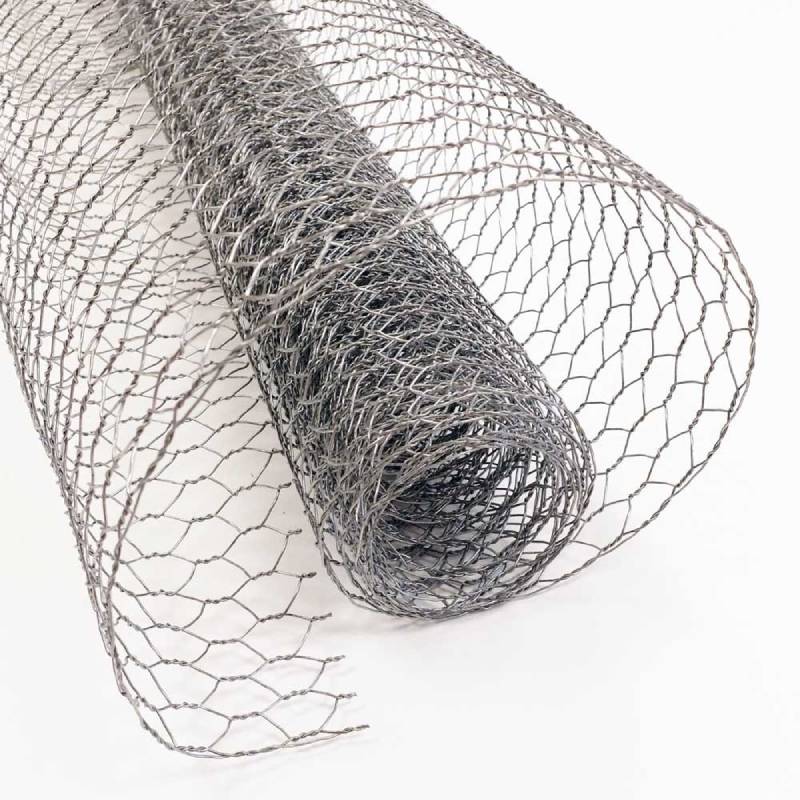wire mesh wire size
Understanding Wire Mesh The Importance of Wire Size
Wire mesh is a versatile material widely used across various industries, from construction to agriculture, filtration, and beyond. One of the crucial factors that can influence the performance and application of wire mesh is the size of the wire used to create it. This article aims to explore the significance of wire size in wire mesh applications and how it affects strength, flexibility, and usability.
What is Wire Mesh?
Wire mesh is made of interwoven wires that form a grid-like structure, offering a myriad of benefits including strength, stability, and the ability to allow light, air, and fluids to pass through while providing a barrier. It can be made from various materials, including stainless steel, galvanized steel, and plastic, making it adaptable for specific use cases.
The Role of Wire Size
Wire size is typically measured in terms of diameter, which can vary significantly depending on the intended use of the mesh. The size of the wire directly impacts the properties of the mesh, including its tensile strength, weight, and overall durability.
1. Strength and Durability
One of the most significant factors affected by wire size is the strength of the wire mesh. Thicker wires generally result in stronger mesh structures capable of withstanding greater loads and pressures. For example, larger wire sizes are favored in applications requiring structural support, such as reinforcing beams in construction or forming barriers in industrial settings.
Conversely, thinner wires may be utilized in applications requiring a lighter mesh structure, such as in screens or fencing. However, it’s important to note that while thinner wires are lighter and often easier to handle, they may not offer the same level of strength or durability as their thicker counterparts. This trade-off necessitates careful consideration of the wire size in relation to the specific requirements of the project.
wire mesh wire size

2. Flexibility and Adaptability
Wire size also influences the flexibility of the mesh. Thinner wires can provide greater flexibility, making them ideal for applications where bending or shaping is required. For instance, in artistic installations or temporary structures, the ability to manipulate the wire mesh is beneficial. On the other hand, while thicker wires create stability, they may reduce the overall flexibility of the mesh, which is an essential consideration for applications that need a rigid structure.
3. Mesh Opening Size
Another critical aspect of wire size is its impact on the size of the openings in the mesh. The relationship between wire size and opening size determines the mesh's ability to filter particles, offer visibility, and provide protection. Thicker wires may create smaller openings, which can be advantageous in certain filtering processes, while thinner wires allow for larger openings, providing visibility and airflow in applications like gardening or protective barriers.
4. Cost and Availability
Finally, the size of the wire also affects cost and availability. Generally, larger diameter wires are more expensive due to the higher material costs and the complexity of production processes involved. When budgeting for projects, it is essential to strike a balance between the necessary wire size and overall project costs.
Conclusion
In conclusion, the size of the wire used in wire mesh is a fundamental aspect that influences various properties, including strength, flexibility, and cost. By carefully selecting the appropriate wire size for specific applications, users can ensure that their wire mesh meets performance requirements effectively. Whether chosen for construction, filtration, or other applications, understanding wire size allows for better decision-making and optimal results. Thus, as you explore the options available in wire mesh, remember to consider wire size as a key factor in your selection process.
-
Space-Saving Chain Fence Hacks Vertical Gardening with Cyclone MeshNewsJul.16,2025
-
Innovations in Iron Nail Wire Production for Modern ConstructionNewsJul.16,2025
-
Creative Uses of Wire Netting Fence in Modern Landscape DesignNewsJul.16,2025
-
Barbed Wire Fence Innovations in Anti-Climb TechnologyNewsJul.16,2025
-
Architectural Uses of Umbrella Nails for Aesthetic Roof DesignsNewsJul.16,2025
-
Architectural Uses of Razor Barbed Wire in Secure Urban DesignNewsJul.16,2025




